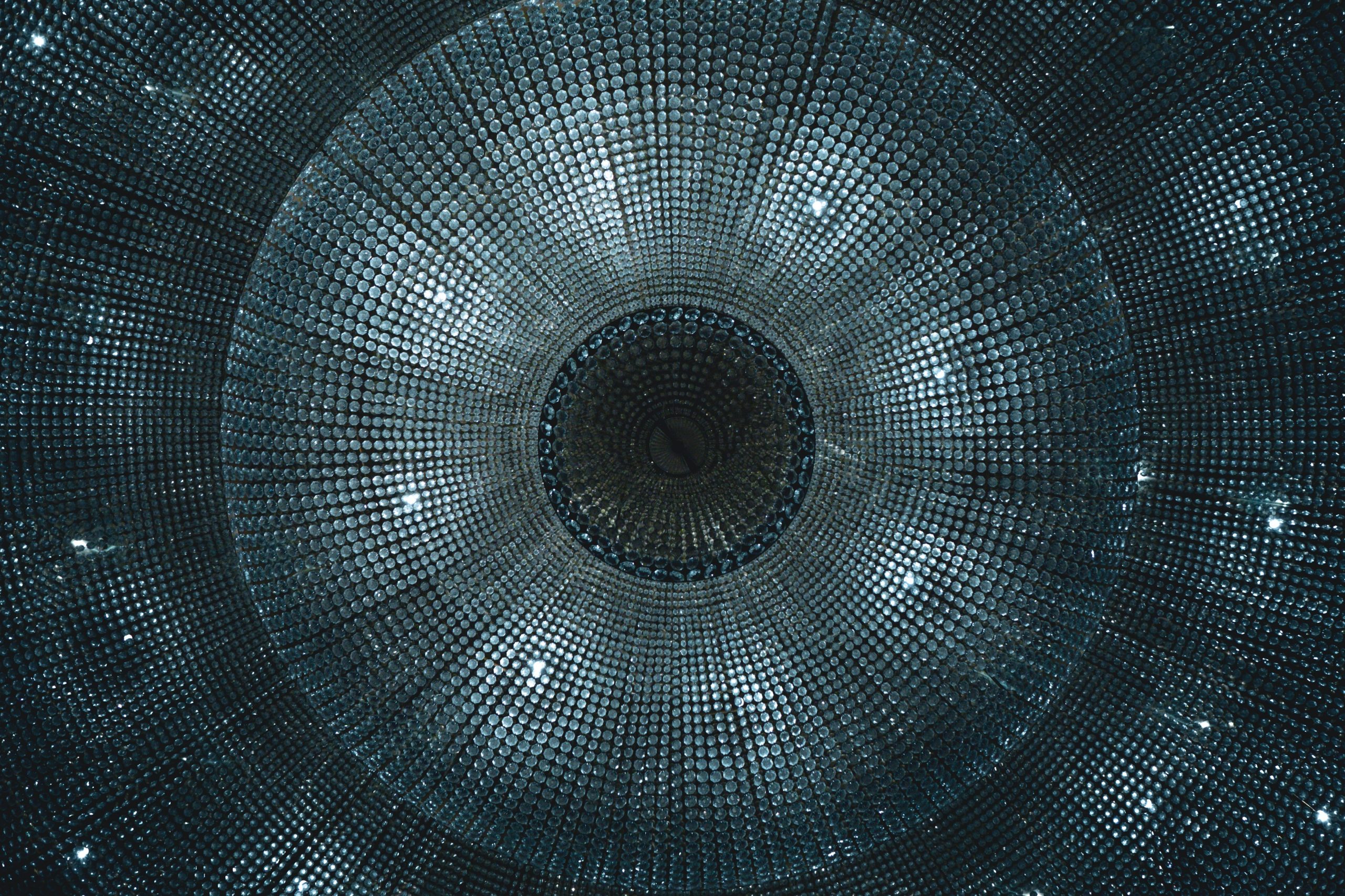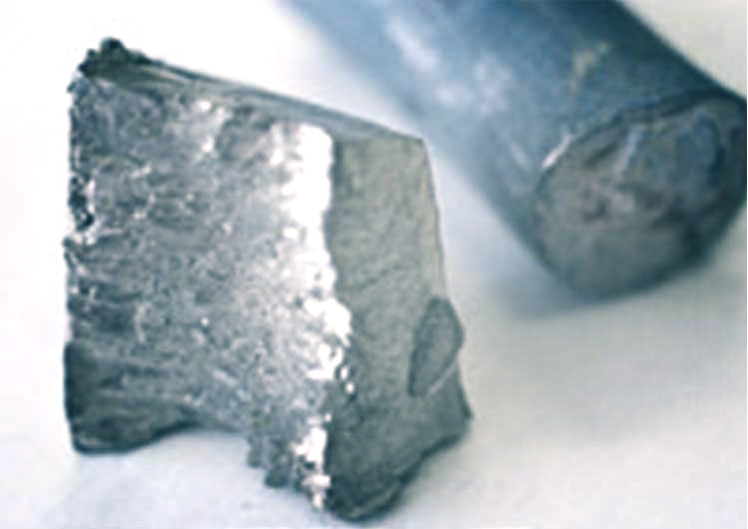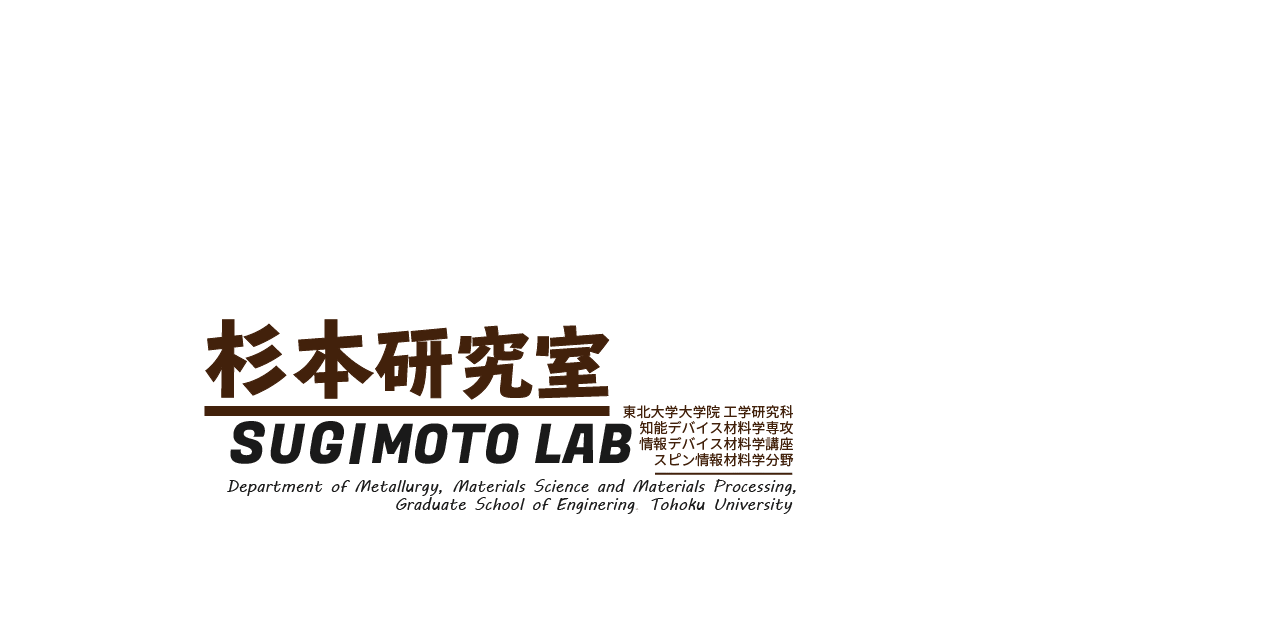Permanent Magnets, Neodymium-iron-boron magnets, are indispensable materials applied for motors in hybrid and electric vehicles, hard disk drives, speakers, and mobile phones.
To enhance the performance, save energy, and downsize these devices, it is necessary to improve magnetic properties of Nd–Fe-B permanent magnets. Furthermore, it is expected developing new permanent magnets with unprecedented performance.
High Frequency Magnetic Materials are applied for electromagnetic compatibility in the high frequency band (e.g., mobile phones, wireless LAN, and drones).
In recent years, “electromagnetic interference”, which causes malfunction and errors by picking up unnecessary electromagnetic waves, becomes problems. We have been developing high-performance “electromagnetic wave absorbers” and “noise suppression sheets” using magnetic materials to solve these problems.
These magnetic materials are usually unseen because it is placed inside of devices, but they are necessary to create a comfortable and convenient modern society.
Spintronics is a research field that creates new electronics by controlling and fusing semiconductor engineering (charge) and magnetic engineering (spin) in the nanometer scale.
By using next generation spintronics method, you can get devices such as computers starting up instantly when you press the start button, and smart phones which you can operate it for a long time.
It is said that this new technology will rewrite the history of thin films for more than 100 years. Some devices are approaching to be commercial products, and we are witnessing the moment when a new device is going to be born.

◇Read more
Topics
Trump card for Japan resource-poor country
Reduce usage of heavy rare earths: Developed new technology to reduce dysprosium addition to Nd-Fe-B magnets by about 40%

Strong, energy saving, and environmentally friendly magnets
Nd-Fe-B Magnet
Some people may have heard the word “rare earth” in the media such as newspapers and television recently. Rare earths, which consist of 17 elements, are indispensable materials for improving the performance of electronic products. One of the important elements is “dysprosium” that is added to “Nd-Fe-B magnets”. “Permanent magnets”, Nd-Fe-B magnets, are used in various fields from small sensors to large motors, which are included in hard disk drives, mobile phones, home appliances, hybrid vehicles (HV), electric vehicles (EV), wind power generation, etc., and the demand of high-performance permanent magnets is increasing.


Nd-Fe-B magnets are also environment-friendly key materials that realize energy saving, miniaturization of power sources, and noise reduction due to their strong magnetic flux density. For example, noise of refrigerators is becoming quieter than before in these days. This is thanks to Nd-Fe-B magnets. However, this magnet has the disadvantage to low thermal stability around 200 ℃. Therefore, dysprosium is added to magnets to improve heat resistance and coercivity of Nd-Fe-B magnets.


Find a solution in collaboration with external organizations
Project-type Research
Almost all the supply of dysprosium depends on imports from abroad especially China.
Therefore, the Ministry of Economy, Trade and Industry, NEDO (New Energy and Industrial Technology Development Organization), and the Ministry of Education, Culture, Sports, Science and Technology have launched two national development projects on element strategy, reduction of rare earth usage and development of alternative materials. 5 universities and national research institutes and 4 companies formed 4 groups: miniaturization, interface, analysis, and application, and started research for development to solve the problems in collaboration.
Sugimoto Lab and our collaborator Dr. Sagawa*1 et al. have succeeded in reducing dysprosium usage by about 40% in Nd-Fe-B magnets. Our group prepared fine Nd-Fe-B powder with average particle size of 1.1 mm; this is smaller than conventional powder size of 5mm, and optimized fabrication process for improving microstructure. Thus, we have achieved the way of preparing Nd-Fe-B sintered magnets with reducing dysprosium addition. Although this project is still in the middle of the road, it is supposed that the results have been achieved in a short term by devoting the enthusiasm and resources of each university, research institute, and companies, and working hard together.
*1:The inventor of Nd-Fe-B magnets, advisor of Daido Steel Co., Ltd., and representative director of NDFEB Co., Ltd.
Dysprosium is derived from the Greek word “inaccessible” because it is difficult to isolate from ore.

The close collaboration and cooperation of each research team was the driving force for the success in this project. The mass production of neodymium magnets using developed technology has been examined, and we are approaching even greater results.


